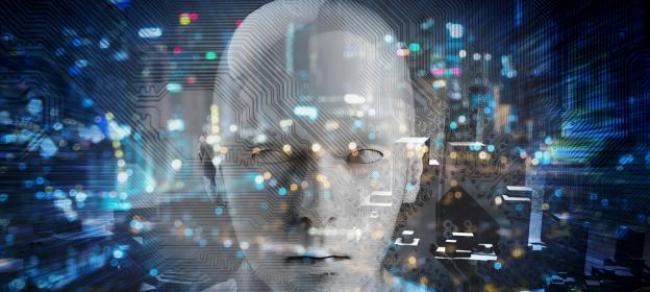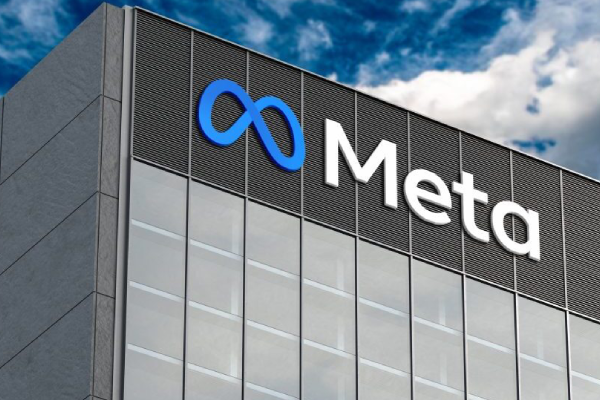The AI boom holds both utopian and dystopian possibilities that we may not yet be prepared for.Changes wrought by new technologies are often regarded with suspicion in their time. Yet market economies have consistently transformed techno-shocks into long-term advantages for a wide swathe of society. This was true with electricity, the advent of the conveyor belt and even the first wave of the IT revolution. In most advanced economies, for example, armies of office workers have shrunk as a casualty of the computer revolution that began in the late 1960s. In 2017, few would reject the benefits that have arisen from eliminating rote tasks, such as filing and tapping out letters on temperamental typewriters.
However, the next wave of tech breakthroughs – AI, big data, and digitalisation – appears different in nature. While previous innovations have replaced routine tasks, they could not replace human cognitive tasks. Humans were necessary and technology helped make them more productive. The new wave – let’s call it “robot technology” – is different. Intelligent computers are capable of replacing human activities on a much broader scale. And this can lead to widespread changes in employment.
When self-driving vehicles, for instance, become widely available, it is unclear what will happen to the approximately 3.5 million people who make their living at the wheel in the United States alone. According to McKinsey, up to 800 million people around the world will experience automation-based career upheaval by 2030.
In a seminar jointly organised by the IMF STI and the INSEAD Emerging Markets Institute on the potentially liberating and disruptive effects of robot technology, titled “Should We Fear the Robot Revolution?”, the speakers pointed out that AI is a rapidly evolving phenomenon with enormous global implications that are impossible to fully foresee.
Wages and “robot capital”
Prior to the panel, Andrew Berg, deputy director of the IMF Institute for Capacity Development, gave a talk focused on how robots might exacerbate income inequality. The possibilities he raised were sobering. However, little data on the pervasiveness of the changes is available now and Berg emphasised that his talk was based on model analysis rather than data-driven predictions. He surmised that while the widespread introduction of robots in the workplace would almost certainly cause productivity to increase, the benefits would likely be slow to spread throughout the workforce as wages may be depressed.
Based on his economic models, Berg speculated that the arrival of “robot capital” could aggravate income inequality in two ways. As robot capital increases efficiency, investment could grow exponentially. But as opposed to traditional capital, AI and other functions could reduce demand for labour. In a tech-fuelled expansion, the economy would still create jobs for unskilled workers, but competition with robots would put downward pressure on their wages. Skilled workers, in the other hand, could become even more productive with robots at their command. Berg’s models conclude that the income gap between skilled and unskilled would widen, worsening inequality. The models describe a potentially grim scenario for some time.
Berg said the rise of robot capital over the long term raises many questions about the distribution of income, and appropriate responses to education and fiscal policies in general.
An uncertain future
On the other hand, Berg underscored that the new digital economy could bring immense improvements to people’s lives. He called particular attention to the vast number of lives that could be saved through prevention of traffic accidents and medical misdiagnoses. In India, for example, AI could eventually compensate for a woeful shortage of oncologists – only 2000 serve a nation of 1.3 billion – by giving general practitioners in more remote areas access to information and recommendations for cancer treatment.
INSEAD Professor Phanish Puranam explained that even in soft-skill intensive areas such as Human Resources & Organisation Development, AI applications have gained traction. For instance, programs now screen job applicants, forecast attrition and career progress. Prof. Puranam stressed that management students and professionals need to understand both the opportunities and potential problems with these applications.
The financial sector is arguably the area facing the most sweeping changes. Panellist Taimur Baig said that in his work as chief economist and managing director for Group Research at DBS, intelligent machines play a three-fold role: processing, filtering and innovation. The first two, respectively, have to do with constructing probabilistic models to anticipate events such as market corrections and currency crashes, and improving the signal-to-noise ratio involved in market analysis. But financial innovations also bear risks. Credit growth in many countries is now created through non-bank financials, with less transparency regarding credit quality and risk management. Baig implied that the role of innovation is a silver lining of sorts for human employees, as machines still lack capacity to aid in the development of creative solutions beyond number-crunching.
Asia’s adaptation
Because the discussion took place on INSEAD’s Asia campus, panellists were interested in the region’s role in the robot revolution. Despite fast job and economic growth in many countries, Asia is not immune to these innovations. The technology revolution will likely reshape supply chains across Asia and affect previous growth sectors, such as call centres or other back-office operations. Panellists agreed that changes were coming but it was less clear how workers would adapt to these changes. Education may need to go beyond teaching state-of-the-art production processes. More value may lie in teaching how to “learn, adapt, and relearn” as job tasks may change regularly in the work-life of the future. Berg concluded that these developments are imminently upon us, but their pervasiveness and durability are difficult to assess. Only time will tell.
Vinika D. Rao is Executive Director of the INSEAD Emerging Markets Institute (EMI). EMI is a leading think tank on issues related to economic development and business management in emerging economies across the globe. It develops cutting edge pedagogical material, research publications and data sets related to emerging markets. You can connect via email at emi@insead.edu or follow Vinika on Twitter at @VinikaDRao.
This article is republished courtesy of INSEAD Knowledge. Copyright INSEAD 2017.









